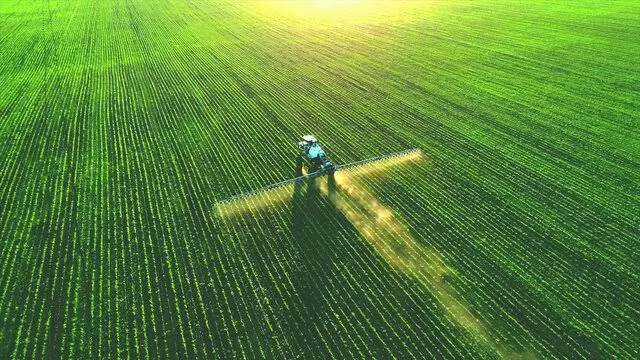From Seed to Harvest: A Journey Through the History of Agriculture
The history of agriculture is a vast and intricate tapestry woven through millennia of human existence, spanning continents, cultures, and civilizations. I'll provide an overview, touching on key milestones, innovations, and transformations that have shaped the way we cultivate the land and feed ourselves.
Origins of Agriculture:
The story of agriculture begins around 10,000 BCE with the Neolithic Revolution, a pivotal period marked by the transition from hunting and gathering to settled farming communities. In regions like the Fertile Crescent (modern-day Middle East), Asia, and the Americas, early humans began experimenting with plant domestication, cultivating crops like wheat, barley, rice, maize, and potatoes. This shift allowed for a more reliable food supply, leading to population growth and the emergence of complex societies.
Ancient Civilizations:
In ancient Mesopotamia, Egypt, the Indus Valley, and China, agriculture formed the foundation of advanced civilizations. Irrigation systems were developed to harness river water, enabling intensive farming and supporting urban centers. Techniques such as crop rotation and the use of animal traction were employed to improve soil fertility and increase yields. These civilizations also laid the groundwork for agricultural knowledge exchange through trade networks and cultural interactions.
Classical Period:
During antiquity, the Greeks and Romans made significant contributions to agricultural practices. The writings of figures like Hesiod and Xenophon provide insights into farming techniques, while Roman engineers constructed aqueducts and drainage systems to enhance agricultural productivity. The spread of these innovations across the Mediterranean basin facilitated agricultural expansion and the growth of agrarian economies.
Medieval Agriculture:
The Middle Ages saw the continuation of agricultural development in Europe, albeit with variations across different regions. Feudal systems organized agricultural production, with serfs working the land owned by nobles. Innovations like the heavy plow and the three-field system improved cultivation methods, while the cultivation of new crops such as rye and oats diversified agricultural output. Monasteries played a crucial role in preserving agricultural knowledge and experimenting with new techniques.
Agricultural Revolution:
The dawn of the modern era witnessed profound changes in agricultural practices. The enclosure movement in Britain consolidated landholdings, leading to the emergence of large-scale commercial farming. Crop rotation systems like the Norfolk Four-Course Rotation revitalized soil fertility, while selective breeding and the adoption of new crops boosted agricultural productivity. Technological advancements, including the mechanization of farming with inventions like the seed drill and the reaper, transformed the agricultural landscape.
Industrialization and Green Revolution:
The Industrial Revolution of the 18th and 19th centuries brought mechanization to agriculture on a massive scale. Steam engines and later internal combustion engines powered tractors and other farm machinery, increasing efficiency and output. The use of synthetic fertilizers and pesticides revolutionized crop protection and soil management. In the mid-20th century, the Green Revolution introduced high-yielding crop varieties, coupled with irrigation and agrochemicals, to address global food shortages. While it boosted yields, the Green Revolution also raised concerns about environmental sustainability and social equity.
Modern Agriculture:
Today, agriculture is a highly diversified and globalized industry, shaped by technological innovation, economic forces, and environmental considerations. Precision agriculture employs data-driven technologies like GPS, drones, and sensors to optimize resource use and minimize environmental impact. Biotechnology has led to the development of genetically modified crops with traits like pest resistance and drought tolerance. Sustainable agriculture practices, including organic farming and agroecology, seek to balance productivity with environmental stewardship and social justice.
Future Perspectives:
Looking ahead, the future of agriculture is bound to be influenced by factors such as climate change, population growth, and shifting consumer preferences. Innovations in areas like vertical farming, hydroponics, and cellular agriculture hold promise for meeting the challenges of feeding a growing global population while reducing the environmental footprint of food production. However, achieving food security and sustainability will require concerted efforts in policy, research, and international cooperation.
Conclusion:
we've traversed the vast terrain of agricultural history, from its humble beginnings in prehistoric times to the complex and dynamic systems of the present day. Agriculture has been a driving force behind human civilization, shaping societies, economies, and landscapes. As we stand at the threshold of a new agricultural era, the lessons of the past serve as guideposts for navigating the challenges and opportunities that lie ahead.













0 Comments